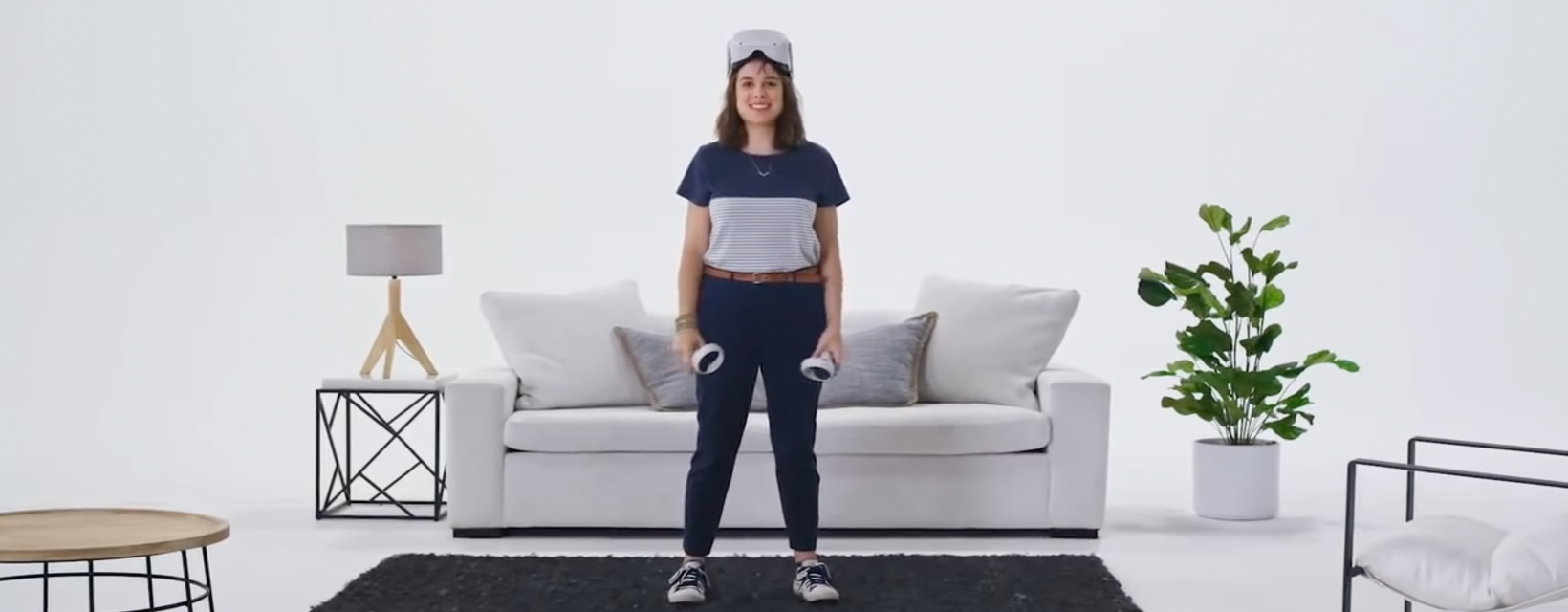There’s a long shot Apple previews a mixed reality (MR) headset at WWDC next week. Whether or not it’s previewed doesn’t change the high probability that Apple will eventually launch an MR and AR headset. Today, AR/MR headset adoption is so low it’s not even measurable. To change that, when Apple launches the product, the company will need to evangelize it through a comprehensive commerce-at-home strategy that’s currently just beginning.
What is commerce-at-home?
Commerce-at-home is a more accurate term to describe what’s traditionally called ‘ecommerce.’ That’s because almost all commerce today involves varying degrees of digital elements (discovery, price comparison, personalization, selection, ordering, payment, delivery, etc.). The defining factor is not whether commerce is digital; rather, one defining factor is the optimal location for a retailer to meet a consumer’s needs. Shopping happens on a spectrum between home and the store. As such, ecommerce is better understood as commerce-at-home.
A subset of commerce-at-home is experiential retail at home, which involves premium companies going through the door and using the home as the new place of business. Businesses that utilize the home as a retail node enjoy an advantage over competitors with a physical presence because they can leverage the customer’s physical assets (their home) to save on infrastructure and depreciation expenses, while delivering a premium customer experience. Some notable examples include:
- Airbnb, which turned the home into a hotel.
- Peloton, which turned the home into a fitness studio.
- Tesla and Carvana, which turned the home into a car dealership and a repair shop.
We believe Apple can turn the home into an Apple Store.
Why does Apple need commerce-at-home for mixed or augmented reality?
The short answer is that very few people know the benefits of an MR/AR headset. This is different than when the iPhone came out in 2007, at which time there was already widespread adoption of feature phones that offered calls, texts, and cameras. The fact that consumers were comfortable carrying a feature phone in their pocket made for an easier adoption curve. Today, about 95% of phones sold globally are smartphones, up from less than 15% when the iPhone was launched.
In contrast to the smartphone, consumers don’t have a common familiarity with an MR headset precursor. Thus, letting the product sell itself will be more difficult, and will require an increased sales effort. We believe evangelizing a headset or any wearable over the internet is going to be a slow process given a hands-on experience is absent, a key element in driving adoption. To that point, Apple has noted in recent earnings calls that products like Apple Watch have been negatively impacted by the shift to online shopping, as it normally benefits from the in-person shopping experience in Apple Stores. We believe an MR headset would experience a similar dynamic as Watch but to an even greater degree, thereby increasing the need for physical touch points with customers.
Putting it together, one way to quicken the MR adoption process is to get as many customers as possible physically interacting with the product. In short, make the demo tactile, accessible, and frictionless. As Apple continues to move away from brick-and-mortar locations, the obvious scalable strategy is to use the home as the in-person point of sale.
Apple’s two potential commerce-at-home strategies
We see two options for Apple’s commerce-at-home strategy, the first more likely than the second.
First, Apple could deepen its relationship with Enjoy (a Loup portfolio company). Today, Apple partners with Enjoy in 3 US markets: Los Angeles, San Francisco, and Dallas–Forth Worth, which cover about 30 Apple store locations. Having launched within the past six months, the partnership is in its early stages. Enjoy unlocks experiential commerce-at-home at scale, and benefits from CEO Ron Johnson’s experience as former head of Apple retail, where he envisioned the concept of the Apple Store and Genius Bar. We see this as the most likely outcome, and believe Apple commerce-at-home is a $4B opportunity for Enjoy.
A second, less likely approach, would be for Apple to build it themselves. In other words, create an internal commerce-at-home sales force. The company has a history of working with third-parties and eventually bringing the expertise in-house. Look no further than the rollout of the M1 chips across the Mac family over the past six months, moving away from its long-time chip partner, Intel.
Under most circumstances, we would view the risk of Apple going at it alone as measurable for any current Apple partner. That said, in our opinion the commerce-at-home dynamic for Apple is unique for two reasons. First, Apple’s retail efforts are led by Deirdre O’Brien, who also heads the company’s HR initiatives. Building a commerce-at-home sales force from the ground up is a lot to ask from a person that already has a full plate. Additionally, an expanding Enjoy partnership comes with the benefit of Ron Johnson’s leadership, which of course was instrumental in Apple’s retail growth over the last 20 years, going from 0 to just over 500 stores globally.
In the end, Apple needs a commerce-at-home strategy and we believe Enjoy is the best fit.
